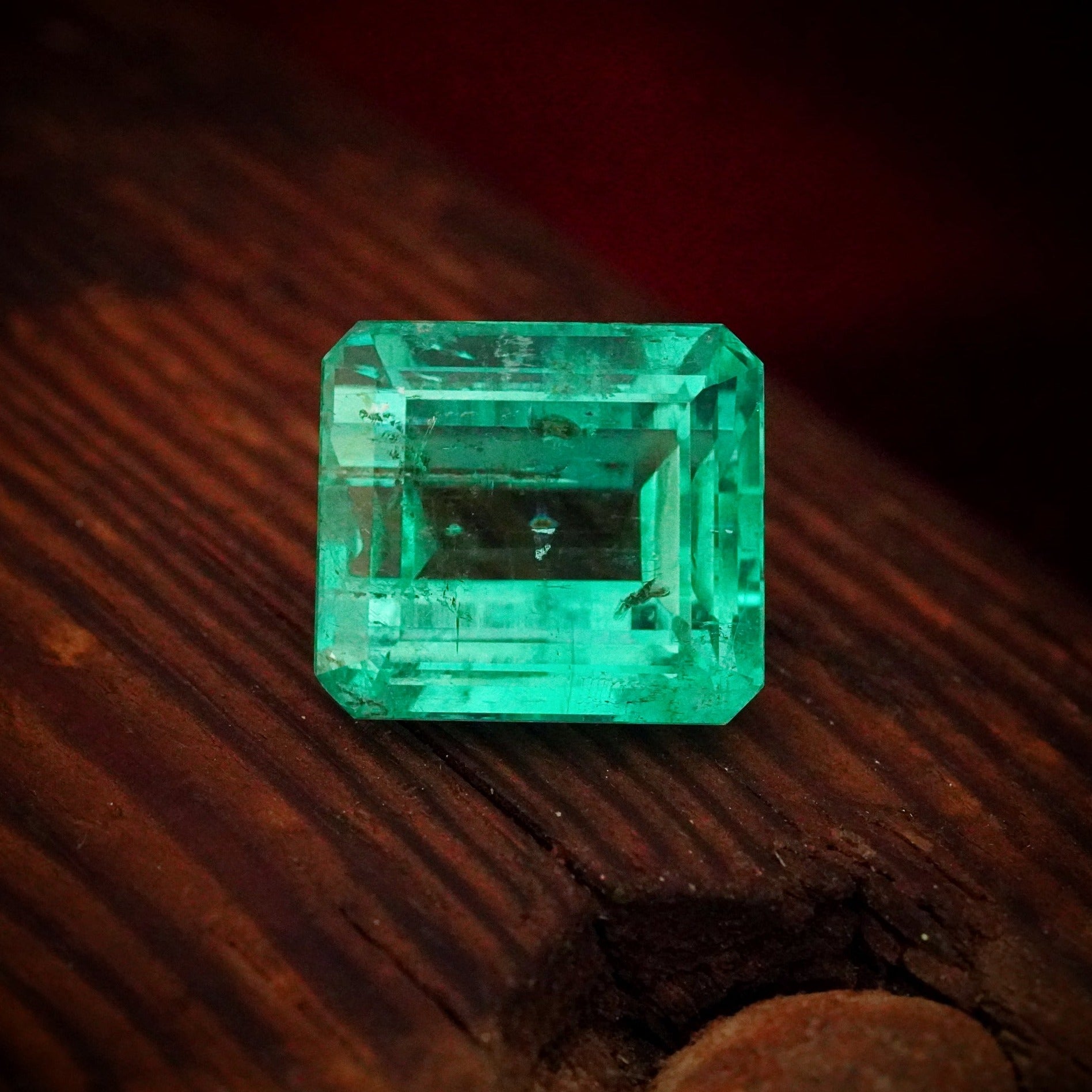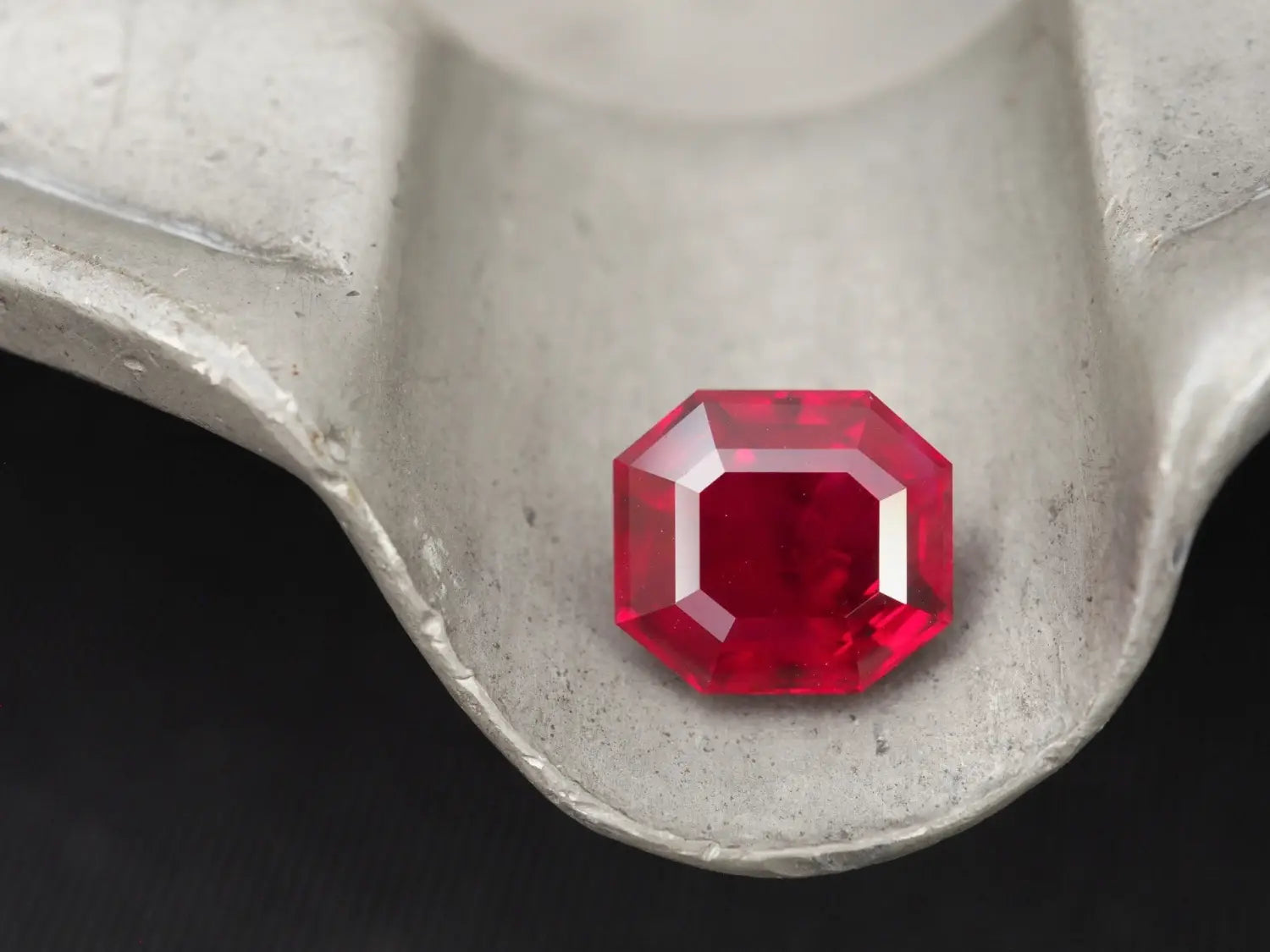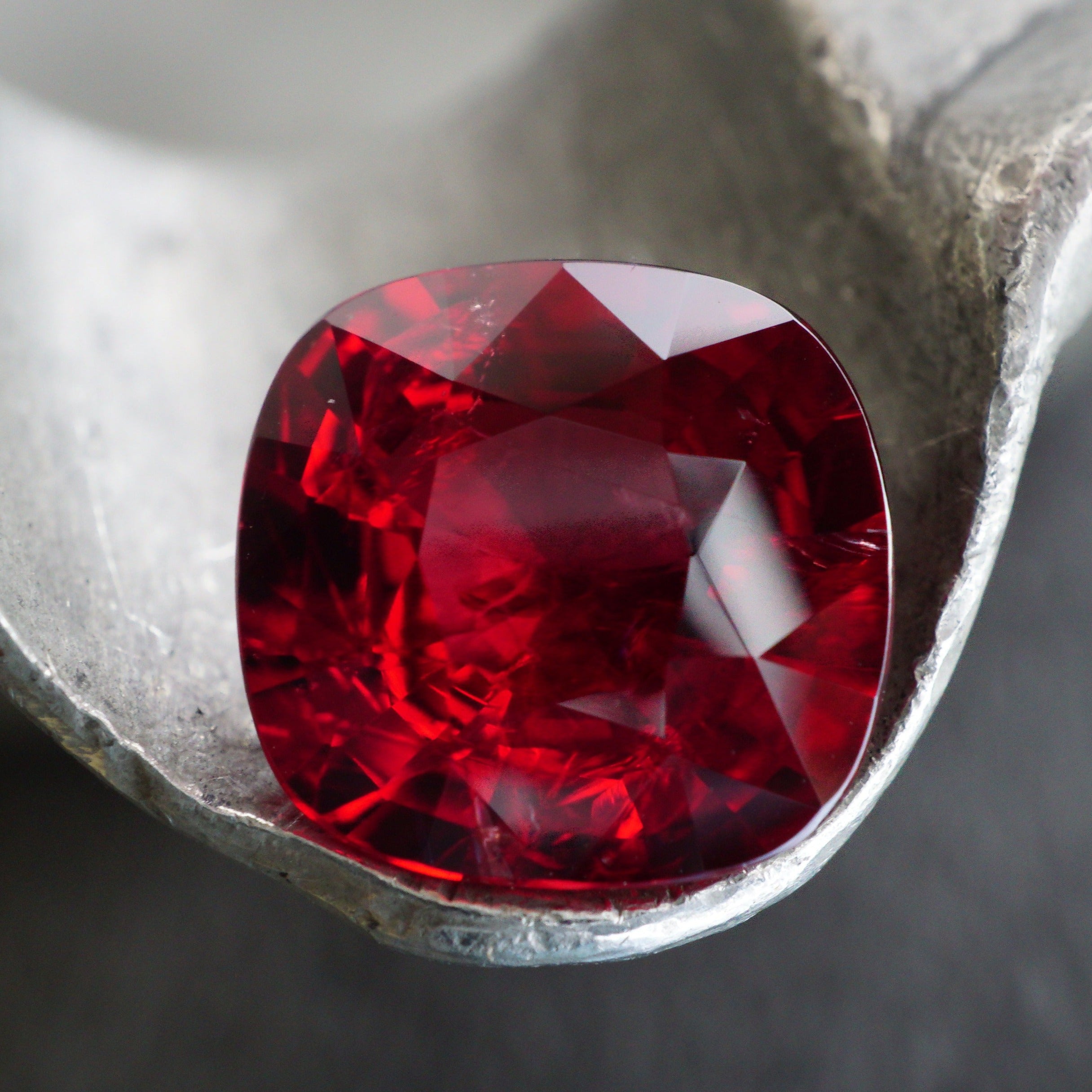
Colombian Emeralds Are the Preeminent Green Gems. Here’s Why
Few gemstones in the world today rival the beauty, history, and intrigue of emeralds. The earliest known emeralds are believed to have originated in ancient Egypt, where Cleopatra famously adorned herself with their loveliness. Later, the ancient Greeks and Romans mined these same Egyptian sources, attributing magical qualities to the stones that further enhanced their allure.
When the Spaniards arrived in the New World in the 16th century, they too encountered a people captivated by emeralds. In 1519, when Spanish conquistador Hernán Cortés met the Aztec emperor Montezuma in Mexico, the emperor was said to be draped in emeralds. Similarly, after defeating the Inca in Peru in 1533, conquistador Francisco Pizarro reportedly sent chests filled with emeralds to the King of Spain.
The emeralds of the New World, however, were not the smaller, discolored and heavily included emeralds typically found in the ancient Egyptian mines, but far superior emeralds of peerless green color and quality. They were Colombian emeralds, considered the finest and purest of all emeralds.
Colombian Emeralds’ Storied Yet Tumultuous History
At the heart of the legend of El Dorado is the Muisca prince, about to be enthroned, his body covered in gold dust, floating on a raft to the center of Lake Guatavita in the Andes Mountains of Colombia. As day breaks, he plunges into the water, offering to God the gold covering his body. At the same time, the members of his court who accompanied him, throw gold and emeralds into the mystical, nearly perfect, circle of water.
This myth of a city of gold, along with tales of treasure-filled lakes, lured Spanish conquistador Gonzalo Jiménez de Quesada to Muisca in 1537. In their quest for riches, the Spanish discovered the now-famous Muzo and Chivor emerald mines in the Colombian Andes. They looted thousands of emeralds, massacring or enslaving to work in the mines the indigenous people who occupied the mining areas.

The “Crown of the Andes," composed of more than 400 Colombian emeralds. Photo courtesy of the Metropolitan Museum of Art.
The Spaniards, who prized gold and silver far more than gems, traded the Colombian emeralds for precious metals. Many large Colombian emeralds made their way to India, where they were cut and polished, while the finished gems and jewels were eventually traded or sold to European and Asian royalty, who prized them for their magnificence.
After Colombia’s independence from Spain in 1819, the new government and private mining companies took control of the emerald mines. Political strife in the 19th and 20th centuries then caused many mines to shut down, and smuggling hindered Colombia from fully benefiting from its rich natural resource.
The Hallmarks of Fine Colombian Emeralds
Emeralds, the most valuable variety of the mineral beryl, are admired mainly for their bluish-green to pure-green hues, which set them apart from other green gems such as peridot and tourmaline. The name “emerald” comes from the ancient Greek word for green, “smaragdus,” and it’s often used as a descriptor for lush green environments such as the “Emerald Isle” for Ireland and “Emerald City” for both Seattle and the fantastical city in “The Wizard of Oz.” Emeralds that come from Colombia, however, have a green color and tone that’s neither too dark nor too light, by which all other emeralds are compared.
A Colombian legend tells of the Muisca god Are, who created an immortal couple, Tena and Fura. The only requirement was to remain faithful to each other, or they would relinquish their right to eternal life. When Fura was unfaithful, the couple lost their immortality and died. Moved by pity, Are transformed them into mountains, and Fura’s tears became the emeralds hidden within them.

The “Gachalá Emerald” crystal is reportedly the finest emerald crystal in the world. Photo courtesy of The Smithsonian Institution.
Geologically, Colombian emeralds are formed when tectonic movements force some of the raw materials that create emerald—such as beryllium, chromium, and vanadium—into liquid and gaseous states, which then eventually cool and crystallize in the cracks of sedimentary rock. Unlike most emerald deposits, which are found in igneous rock, Colombian emeralds are unique in their sedimentary origins. A saline solution in the sedimentary rock eventually washes away impurities such as iron. This lack of iron, along with the trace elements chromium and vanadium (which are rarely found in nature), give Colombian emeralds their coveted, lively color.
Colombia has three renowned mining areas—Muzo, Chivor, and Coscuez—all located within 10 miles of each other in the green foothills of the Colombian Andes. The Muzo mine produces the most outstanding Colombian emeralds with a darker tone of pure green; the Chivor mine produces Colombian emeralds with a lighter tone of slightly bluish-green; and the Coscuez mine produces Colombian emeralds with a slightly yellowish green.

The “Spanish Inquisition Necklace” features 15 dazzling Colombian emeralds. Photo courtesy of The Smithsonian Institution.
Intense color saturation and few eye-visible inclusions are other important hallmarks of Colombian emeralds. A very clean Colombian emerald with superb color has a brilliance or “life” that sets it apart from other emeralds. Some Colombian emeralds are also known for interesting three-phase inclusions that contain crystals, fluid and gas.
It’s important to note that emeralds, because of the way they’re formed in the earth, often contain inclusions such as fractures. It’s a common and acceptable practice to fill fractures that reach an emerald’s surface with substances such as oils to improve their appearance. Fine Colombian emeralds that have not been oil-filled are extremely rare; in fact, it’s almost a miracle that they exist. This notability allows these Colombian emeralds to command the most astronomical prices.
The Colombian Emerald Treasures of the World
Many of the early Colombian emeralds of significant size were sent to gem cutters in India, where they were expertly cut. One famous example is the “Mogul Mughal Emerald,” a 217.8-carat, rectangular-cut stone engraved with Shi’a prayers in elegant naskh script, dated 1107 A.H. (1695–1696 A.D.), on one side and intricate leaf motifs on the other. The gem was likely worn on clothing such as a turban.
Many of these Indian-cut emeralds were taken to Persia when Emperor Nader Shah sacked Delhi in 1739. Today, they reside in the Crown Jewels of Iran, along with those in the Topkapi Museum in Istanbul, which also holds a significant collection of Colombian emeralds.

The 217.8-carat “Mogul Mughal Emerald.”
At the Metropolitan Museum of Art in New York, you’ll find the “Crown of the Andes,” recognized as one of the finest surviving examples of goldsmith work from colonial Spanish America. Made to adorn a sculpture of the Virgin Mary, the crown is made of more than five pounds of gold and encrusted with over 400 top-quality Colombian emeralds.
Another stunning example is the “Spanish Inquisition Necklace” at the Smithsonian in Washington, D.C., which features 15 dazzling hexagonal and cylindrical Colombian emeralds, including one that weighs approximately 45 carats. Its rich, velvety color and exceptional clarity place it among the world’s most impressive emeralds. The emeralds and diamonds in this stunning necklace were probably cut in India in the 17th century.
The Smithsonian also houses the “Hooker Emerald Brooch,” which contains a 75.47-carat Colombian emerald that’s remarkably free of the inclusions typical of such large emeralds. It was allegedly once part of a Turkish sultan’s belt buckle.

The “Hooker Emerald Brooch” highlights a 75.47-carat Colombian emerald that’s remarkably free of inclusions. Photo courtesy of The Smithsonian Institution.
The 858-carat “Gachalá Emerald” crystal, meanwhile, is reportedly the finest emerald crystal in the world. Discovered at the Vega de San Juan mine in Gachalá, Colombia, in 1967, this Colombian emerald shows exquisite size and color. Remarkably, it was left preserved rather than cut into gems. Harry Winston donated it to the Smithsonian in 1969.
At Jogani, we proudly offer a collection of rare Colombian emeralds, including some with Mughal cuts, intaglios, or no oil treatment to enhance their appearance. Each of these gems is a treasure in its own right, steeped in history, beauty, and mystique. We invite you to explore their allure and appreciate them for the exceptional wonders they truly are.


